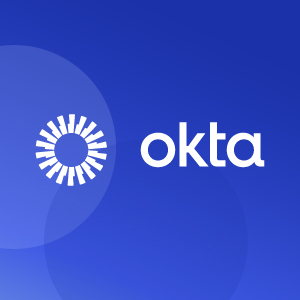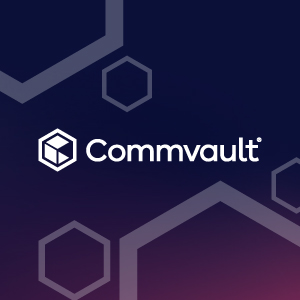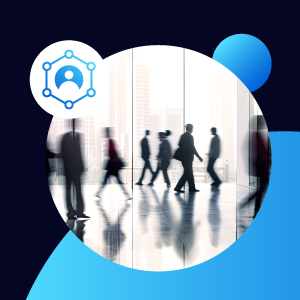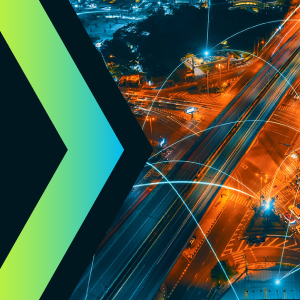The U.S. General Services Administration (GSA) is redefining Federal procurement through its OneGov Strategy, an initiative aimed at streamlining how Government agencies purchase and implement technology. This unified approach is designed to reduce costs, enhance cybersecurity, improve operational efficiency, and move away from the historically siloed procurement process.
To help realize this vision, Broadcom is offering its robust security solutions to civilian and unclassified Department of Defense (DOD) agencies through a limited-time promotion—ensuring agencies can access trusted, commercial-grade tools with greater ease and affordability.
Breaking Down Security Silos with Unified Protection
The GSA’s OneGov strategy emphasizes the need for agencies to operate as a unified enterprise rather than isolated entities. Broadcom’s security portfolio directly supports this vision by providing integrated solutions that work cohesively across agency boundaries. The combination of Symantec Data Loss Prevention (DLP), Carbon Black Endpoint Detection and Response (EDR) and Carbon Black App Control creates a comprehensive security framework that addresses multiple threat vectors from a single console.
This unified approach eliminates the complexity of managing disparate security tools while providing the visibility and control necessary for cross-agency collaboration. By streamlining policy management, reporting and incident response through integrated platforms, agencies can reduce administrative overhead and focus resources on mission-critical activities.
Advancing Zero Trust Architecture Through Proven Technologies
Executive Order on Improving the Nations Cybersecurity requires DoD agencies to establish plans to drive adoption of Zero Trust architecture, while also mandating enhanced software supply chain security and deployment of multifactor authentication and encryption. Zero Trust implementation requires foundational security capabilities that provide continuous verification and monitoring across all network control points. Broadcom’s security solutions deliver these essential components through proven technologies that have been battle-tested in the most demanding environments.
Symantec DLP provides the highest level of data protection with real-time visibility and control over sensitive information. The platform automatically prevents data leaks through intelligent messaging blocking and modification capabilities, ensuring that critical Government assets remain secure whether in transit, at rest or in use. This automated approach reduces the burden on security teams while maintaining strict compliance with Federal data protection requirements.
Carbon Black EDR continuously records endpoint activity, enabling proactive threat hunting and reactive incident response capabilities. This comprehensive visibility allows security teams to detect and respond to advanced threats even in air-gapped environments, providing persistent monitoring essential for Zero Trust architecture.
Implementing Positive Security Models for Enhanced Protection
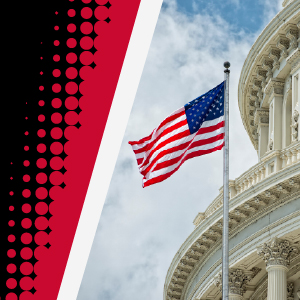
Traditional security approaches rely on maintaining lists of known threats, which can quickly become outdated as attack vectors evolve. Carbon Black App Control takes a fundamentally different approach by implementing a positive security model that only allows trusted and approved software to execute on Government systems.
This proactive security stance effectively prevents malicious attacks from establishing a foothold, thereby reducing the attack surface and providing agencies with greater confidence in their endpoint security posture.
Flexible Deployment Options for Diverse Government Environments
Government agencies operate across a spectrum of technical environments, from cloud-native deployments to air-gapped networks with limited connectivity. Broadcom’s security solutions are designed to function effectively across this entire range, providing consistent protection regardless of deployment constraints.
Whether agencies require on-premises installation for sensitive workloads, cloud deployment for scalability or air-gapped operation for classified environments, these solutions maintain their full functionality and security effectiveness. This flexibility ensures that agencies with varying technical resources and requirements can implement comprehensive security measures without compromising their operational needs.
Maximizing Value Through Strategic Procurement
The current promotional offering saves 75% off GSA ceiling prices for net new license purchases, representing significant cost savings for DoD agencies looking to enhance their security capabilities. This promotion runs from August 1 through September 30, 2025, and is available through Carahsoft’s GSA Schedule with no minimum quantity requirements.
The pricing structure is designed to be Government Purchase Card friendly, reducing procurement friction and enabling teams to quickly acquire the security tools they need. For existing customers, the promotion applies to net new licenses, allowing agencies to expand their security coverage while taking advantage of substantial savings.
Carahsoft and our partners are here to support your agency in leveraging this simplified procurement pathway. Our team is available to deliver tailored quotes, arrange customized demonstrations and help you maximize the value of Broadcom’s solutions in advancing your modernization objectives.
Ready to transform how your agency secures data and advances Zero Trust goals? Contact our Broadcom team at BroadcomFED@carahsoft.com or call us at 571-662-3260 to learn more and take advantage of this limited-time offer.
Carahsoft Technology Corp. is The Trusted Government IT Solutions Provider, supporting Public Sector organizations across Federal, State and Local Government agencies and Education and Healthcare markets. As the Master Government Aggregator for our vendor partners, including Broadcom we deliver solutions for Geospatial, Cybersecurity, MultiCloud, DevSecOps, Artificial Intelligence, Customer Experience and Engagement, Open Source and more. Working with resellers, systems integrators and consultants, our sales and marketing teams provide industry leading IT products, services and training through hundreds of contract vehicles. Explore the Carahsoft Blog to learn more about the latest trends in Government technology markets and solutions, as well as Carahsoft’s ecosystem of partner thought-leaders.


